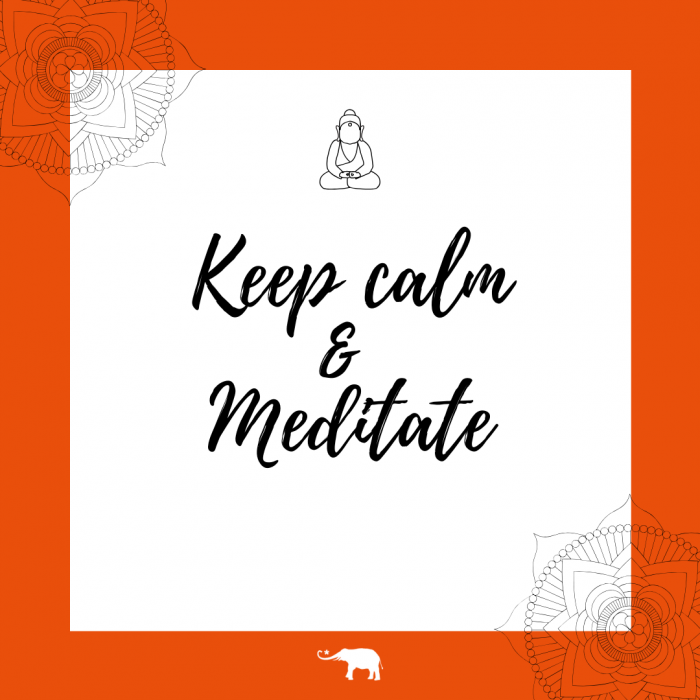The present moment is a good moment to get familiar with.
With “Mindfulness” cool all of a sudden, there’s a lot of confusion about the point of meditation, what it is, and when to do it.
The point of meditation isn’t to be peaceful, to be better than where you are now, or to get away from everything.
It’s to be present. Present with whatever is.
The point isn’t to get anywhere—this is a Journey without Goal. The point is to be right here: raw, open, present, fiercely available, with a sense of humor and an allegiance not to pleasure or to being “right” but rather to learning and opening and helping others.
There are, literally, thousands of meditations. I grew up in the Buddhist tradition, and even within that one tradition, there are many traditions and forms and techniques.
But there is only one point: as they say, “all Dharma agree at one point.” That is, to come back from our neurosis, our self-involvement, the well-intentioned but tricky ways we seek to protect ourselves from truth…to reality. A reality that is impermanent, ever-changing, not solid…and yet luminous with intelligence and beauty.
Here’s the classic technique and instruction, via a master.
It’s best to do it 2 times a day: first thing in the morning, last thing at night.
If you’re a busy-bee, as most Americans are, you can just do it for 5 minutes in the morning, and a minute before dreams. It will wake you up to life, instead of your own stories, in the morning. It will take you out of stress and into your body before dreams, helping those who suffer from insomnia.
The point isn’t to be better. There’s self-aggression in wanting to be “better” than oneself. The point is to be okay with yourself—which, ironically, allows you to improve. There is no perfect, but there is this path. Walk it.
If we agree that training the body through diet and exercise is good, why can’t we do the same thing with our minds? 5 minutes in the morning, a few a night.
Enjoy! And be genuine. Let us know if you try it: two times a day, every day, even just for a few minutes in comments here.
Yours in the Vision of an Enlightened Society,
PS: Meditation may be hard, but it’s our tendency to distract and dwell in thoughts or worries that is hard. Meditation is about noticing, and coming back to the present, so it’s actually easier.
But looking at our wild minds can feel harder than before!
Key: be gentle with yourself. It’s a practice. Worthwhile if you have one minute, one hour, one year, one decade, one lifetime.
Best Buddhist Books for Beginners:
1. Any book by Pema Chödrön
2. Training the Mind. ~ Chögyam Trungpa
3. The Shambhala Principle. ~ Sakyong Mipham
4. Turning the Mind into an Ally. ~ Sakyong Mipham
5. Cutting through Spiritual Materialism. ~ Chögyam Trungpa
6. Shambhala: The Sacred Path of the Warrior. ~ Chögyam Trungpa
7. Zen Mind, Beginner’s Mind. ~ Shunryu Suzuki
8. Dharma Art. ~ Chögyam Trungpa
9. How the Swans Came to the Lake. ~ Rick Fields
10. Crooked Cucumber. ~ Shunryu Suzuki
We also appreciate the works by Sharon Salzberg and Jack Kornfield.
Meditation is practical:
https://www.youtube.com/watch?v=oT_ZnLOTr-I
https://www.youtube.com/watch?v=rQF1QmMiJNA&t=456s
Learn more about meditation and its benefits:
Chogyam Trungpa Rinpoche: Meditation 101.
How to Meditate: A Talk for Young People by Chögyam Trungpa.
Meditation Instructions: One of the Simplest but Hardest Things to Do.








Read 3 comments and reply